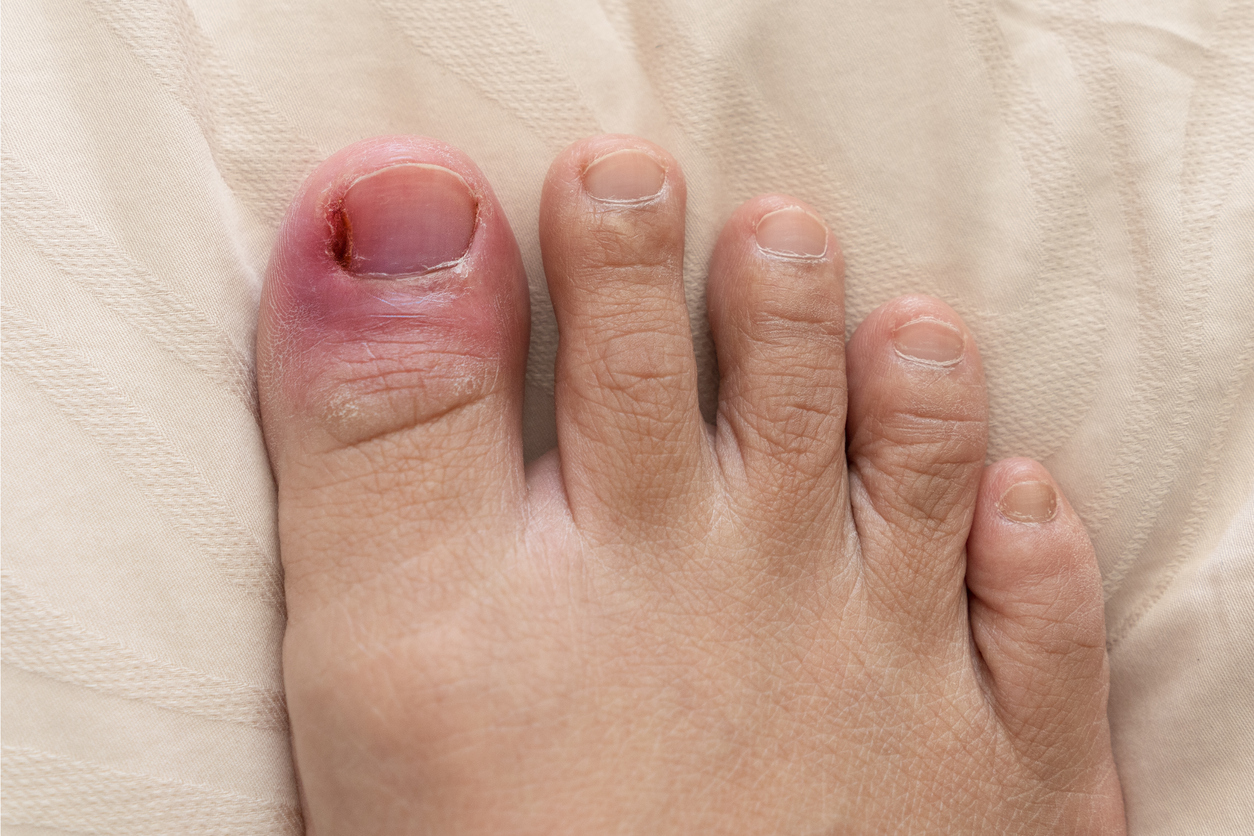Cozmoderm Clinic | Best Dermatology Clinic For Skin and Hair Care In Nagpur
Nail Removal
Home / Nail Removal

Nail Removal
Nail removal, as the term implies, is a procedure that involves removing the nails (either surgically or non-surgically) as a form of treatment following a severe infection or traumatic injury. Since the nails protect the fingertips and are considered as a valuable part of the peripheral circulation, they rarely need to be removed. However, nail removal is performed when the damage is causing severe complications and if it is the only option to fix the problem.
How Does the Procedure Work?
Nail removal can be performed using surgical or non-surgical method. The latter is highly preferred by both surgeons and patients primarily because it is painless. It is performed to remove the damaged or diseased nail while making sure that unaffected parts remain unharmed. Meanwhile, the former is typically performed under local anaesthesia. In other cases, general anaesthesia is administered depending on the preference of the patient and the recommendation of the doctor. There is also a possibility that procedural sedation may be used, but it is not typically suggested.
During the nail removal surgery, the patient will be asked to lie supine and to place the hands on an armrest with the palms facing down. The finger will then be cleansed and a local anaesthesia will be administered to ring-block the finger. This is followed by placing a finger tourniquet on the base of the finger to prevent bleeding. The doctor then creates an incision on the edges of the nail and a small periosteal elevator is used to press the nail bed. The nail is then easily removed using a hermostat.
In a non-surgical procedure, the doctor puts an adhesive cloth on the unaffected area before urea ointment is applied to the surface of the nail. The nail is then covered and protected using plastic and tape, which remains in place for the next 7 to 10 days. After this period, the nail will soften, making it easier for the doctor to remove it by simply lifting it away from the nail bed. In some cases, the diseased portion is cut out.
The affected nail can also be removed by electrosurgery or by using laser technology. This is a more recent development in this field and has already shown high success rates with reduced risks. It is done by using laser technology to remove some parts or the entire nail. Some electrosurgical techniques include electrosurgical ablation of the nail bed, high-frequency laser matrixectomy, and electrosurgical excision of the lateral wall hypertrophy caused by ingrown nails. Laser treatment is also used for fungal infections of the toenail due to the ability of laser to heat and destroy fungi in a selective manner, protecting the surrounding tissue in the process. The procedure is faster and is generally painless; it is also more effective than oral or topical treatment options and causes little recovery and downtime.
Once removed, nails take some time to grow back. It usually takes about six months before the fingernails grow to their normal length. For toenails, the re-growth period is longer, usually taking about 12 to 18 months.
